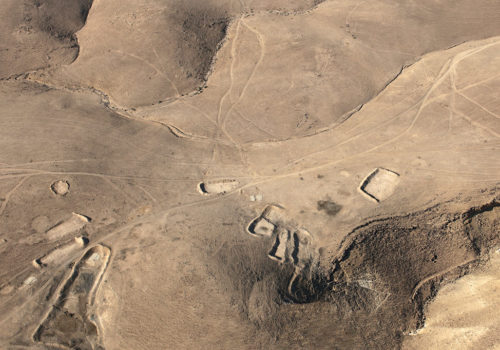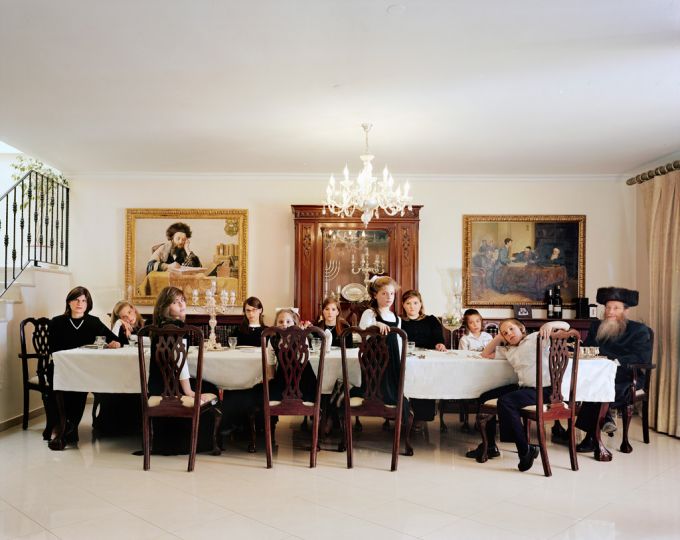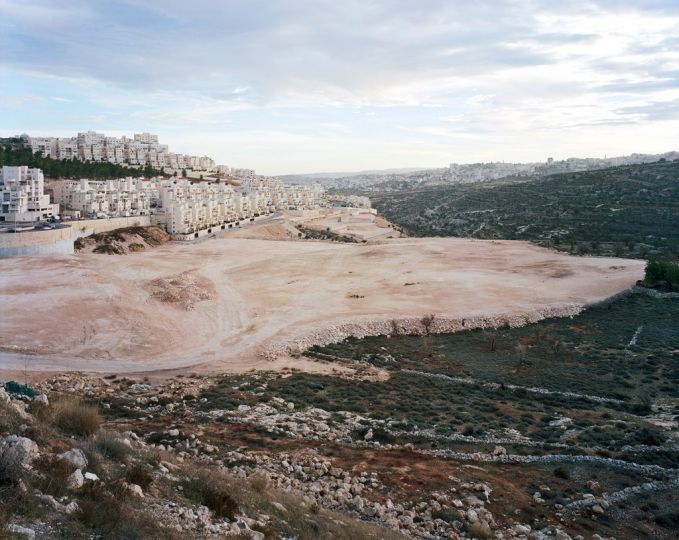The opening took place last Thursday at the Brooklyn Museum. The exhibition is surprising: to bring together a subject as sensitive as Israel and Palestine, from such different photographers, opposite and talented, looks like a real challenge. At worst, it could turn into a kind of “ A Day in the Life of…”. Yet the gamble paid off. The exhibition is an analysis, emotional but not partisan, of the complexity of the situation. On the other hand it’s sad and lamentable that no museum or festival, no institution or major gallery, French or English, can be bothered to show this exhibition.
We’re continuing the daily distribution of a series by the photographers of the exhibition “This Place”.
Jean-Jacques Naudet.
This place by Fazal Sheikh
I wanted to really learn about the place – a complex, dense and confounding set of circumstances with a history and politics that, like most people, I had read a great deal about just in the course of my everyday life. But the moment I arrived and spent a couple of days there
I found that all that prior knowledge meant very little and that I was best off starting from scratch and allowing what was there to wash over me.
If one doesn’t consider the space carefully it’s hard to know what it is exactly you’re looking at when you visit those sites, as is exactly the case when one views the aerial images.
In turning my attention fully to the Negev, I flew above the land in a small Cesna with the door removed for increased ease of visibility, offering me a perspective from which to see things – traces of things – that I could not see on the ground. I thought about the Bedouin having lived here for hundreds of years and the question of what their life looks like from above. How do they sustain themselves in this inhospitable terrain? By viewing from above, I could also see that their fragile dwellings are in some way in harmony with the dictates of the desert and the unforgiving nature of the land.
The interesting thing is how the photograph can be used as a kind of archaeology. It’s a pause along a continuum; it holds within it everything that you need to access, but one also needs a trained eye to unravel what it is you are looking at. The work is an elegy to something that is passing, being transformed. Each of the locations captured in the Desert Bloom images is locatable on a Google Earth timeline. Detailed within the captions are the coordinates of the space; that was important to me so that the viewer could go to that exact site on Google Earth, which is public, and view for themselves what the last decade has done to that space.
EXHIBITION
This place
From February 12 to June 5th, 2016
Brooklyn Museum of Art
200 Eastern Pkwy
Brooklyn, NY 11238
United States
https://www.brooklynmuseum.org
http://www.this-place.org
http://www.fazalsheikh.org


















